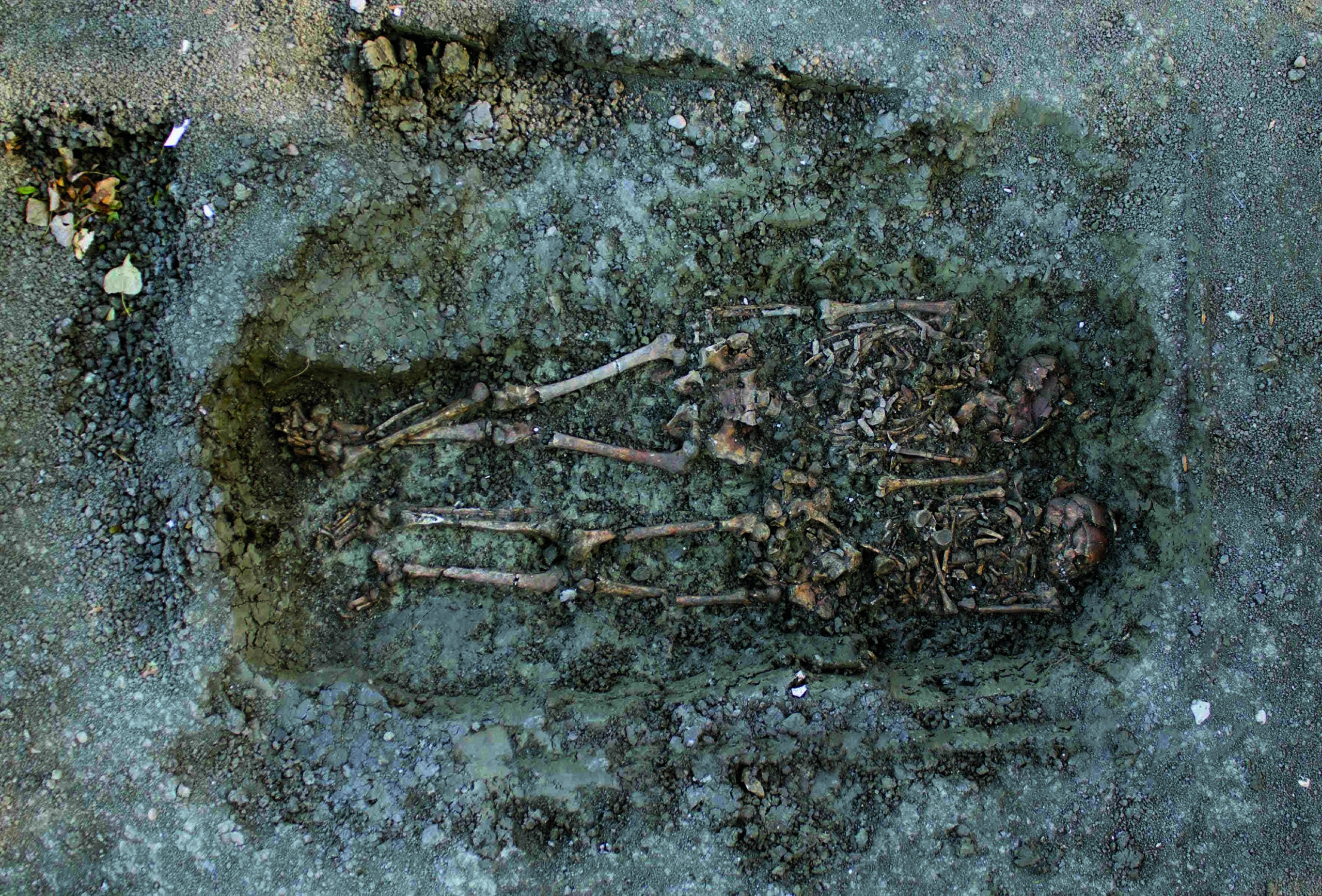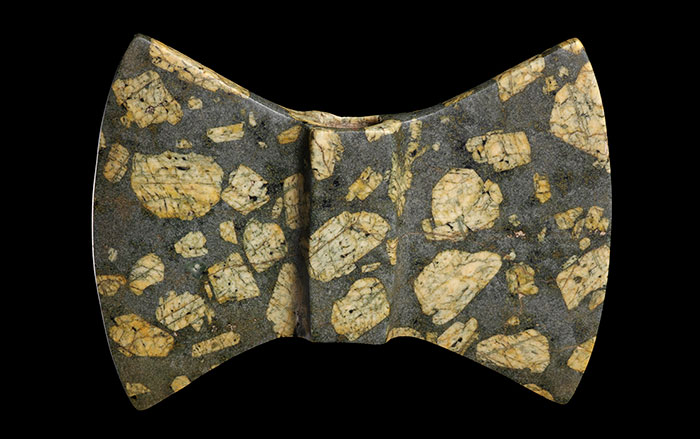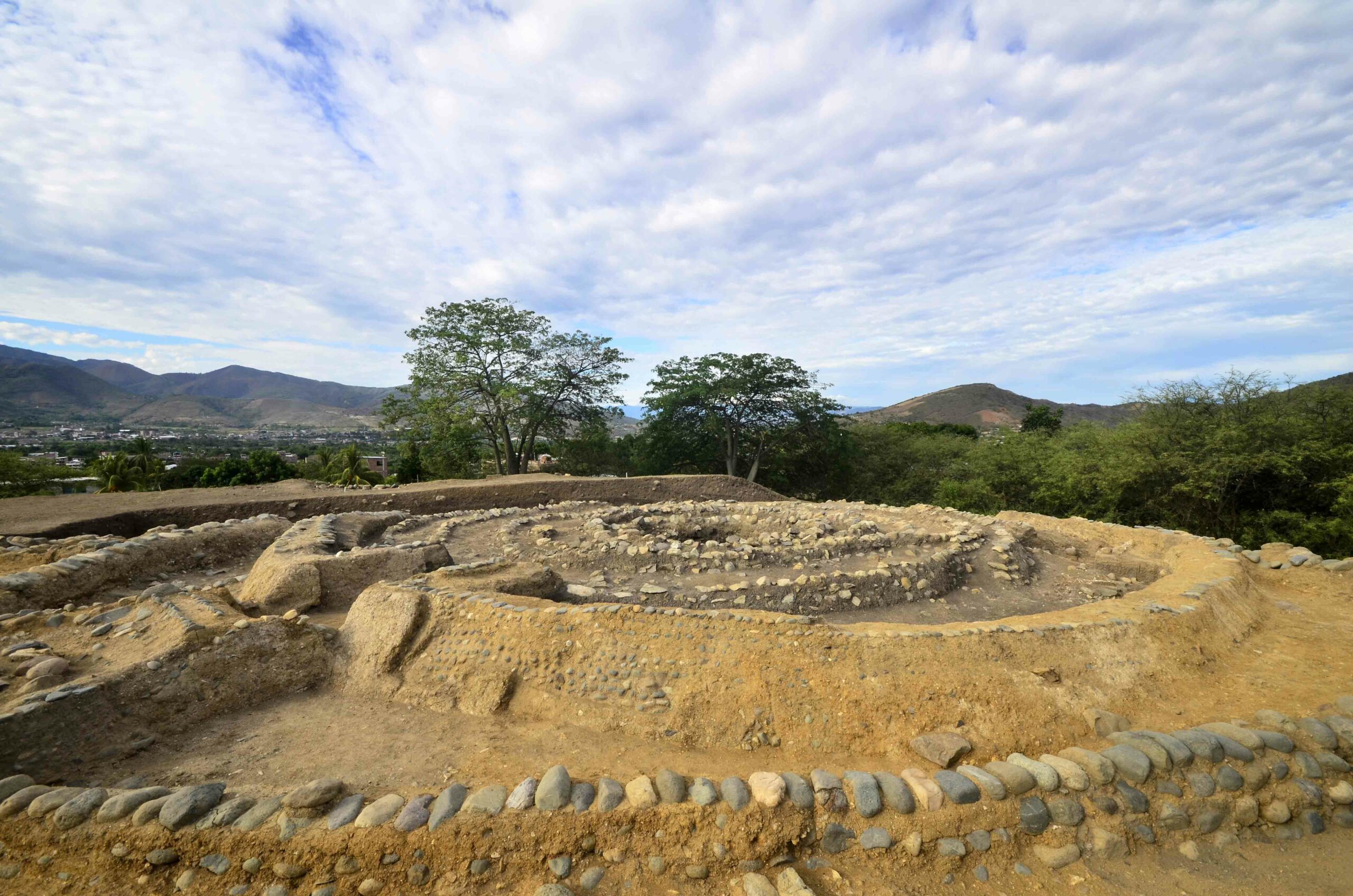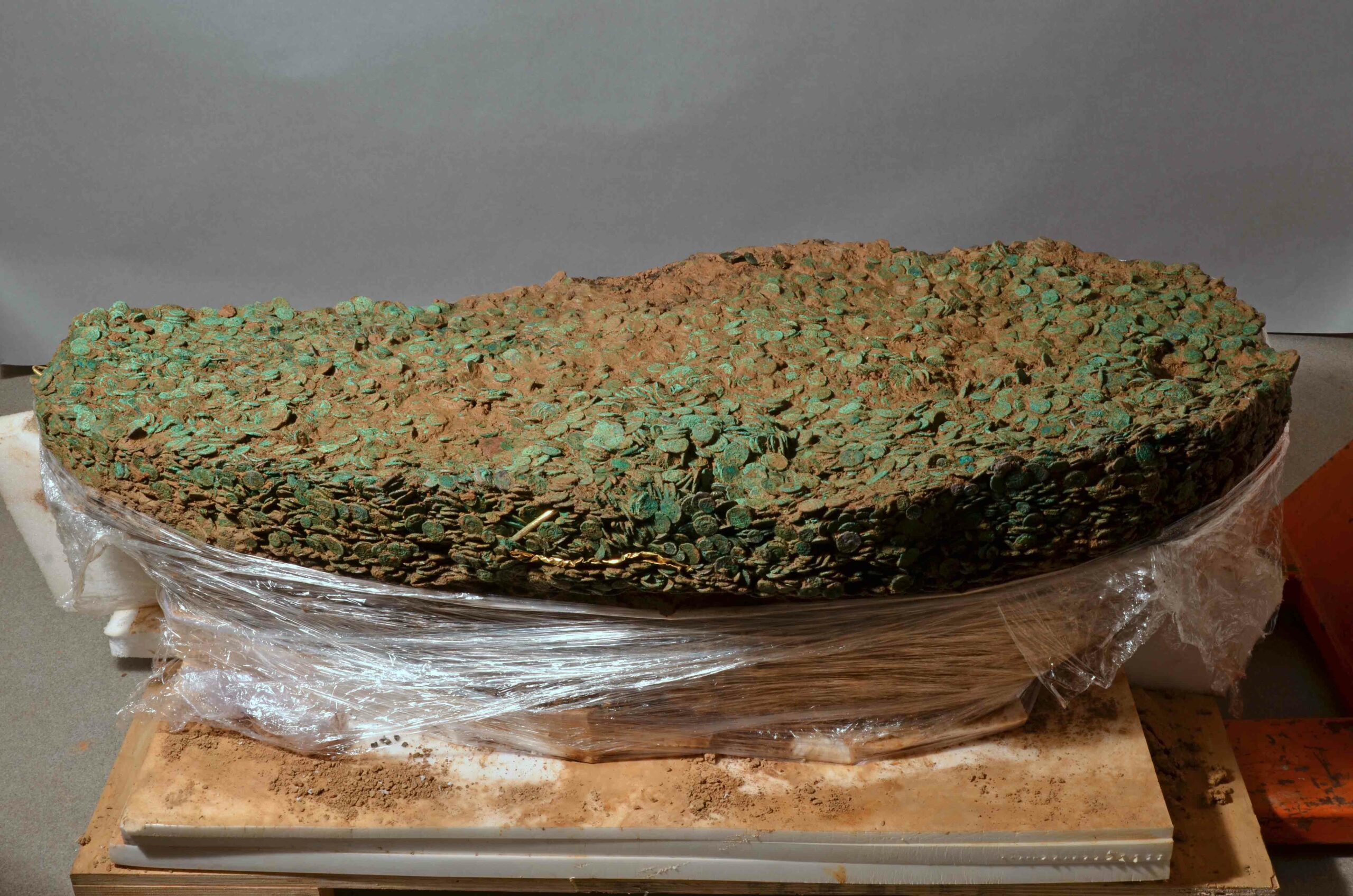
JOHANNESBURG, SOUTH AFRICA—Cosmos Magazine reports that a team of scientists has used a “molecular clock” to push back the emergence of anatomically modern humans in Africa by about 100,000 years, to between 260,000 and 350,000 years ago. Marlize Lombard of the University of Johannesburg, Carina Schlebusch and Mattias Jakobsson of Uppsala University, and colleagues examined DNA obtained from the 2,000-year-old bones of a young boy discovered on a beach in the KwaZulu-Natal region of South Africa. Known as the Ballito Bay child, his genome indicates he was a member of the San branch of the Khoe-San peoples. The Khoe-San are thought to have diverged from a common Homo sapiens ancestor long before any other groups, and therefore carry unique DNA. The scientists compared the Ballito Bay child’s DNA to that of six other individuals from KwaZulu-Natal who lived between 300 and 2,300 years ago—before and after the Khoe-San mixed with migrants from the north—and then estimated how long it would have taken for various mutations to have occurred over the course of many generations, in order to arrive at a date for the split between anatomically modern humans and archaic humans. The information also suggests that anatomically modern humans may have evolved in multiple places in Africa. “We’re at the stage now where we are going to meet up with paleontological and archaeological estimates to see how archaic humans transitioned to modern humans,” Schlebusch said. For more, go to “Our Tangled Ancestry.”










